A 5G Cell Network Is Coming. Here’s What You Need to Know
June 13th, 2018
When we think cellular network connectivity, we generally think “4G LTE,” which is the current fastest signal available. Many people associate the ‘number’ of the service (ie: 3G, 4G, 4G LTE) as the speed, which isn’t entirely incorrect.
However, the numbers refer to the generation of the network, not the speed itself. Iterations of network speed require new hardware to distribute the signal–which means cell towers must be upgraded–and new hardware and software to receive the signal–which means new cell phones that can take full advantage of the new speeds.
A 5G Network is on the horizon, here’s what it means and how it works.
What is a 5G Network?

Essentially, 5G is the fifth generation of the network technology that enables cell networks to distribute data. The latest generation, which is in development and due to begin testing and release later in 2018, promises speeds that rival the fastest Wi-Fi performance: early reports indicate speeds ten to one hundred times faster than today’s 4G LTE networks.
In fact, 5G may be so fast that it outperforms home fiber optic internet in many metrics. For example, users will be able to download an entire season of a television show in mere seconds or wirelessly stream ultra-high-definition virtual reality apps across devices with no latency.
The network is also designed with the next generation of connected devices in mind, including semi-autonomous automobiles and ultra-advanced Internet of Things applications that constantly process more data than many of today’s computers.
5G networks will utilize an entirely new set of technologies, including small cells, millimeter waves, beamforming, massive multiple-input/multiple-output (MIMO), and full duplex. Small cells are exactly what they sound like–smaller cell towers that can be placed more frequently and less conspicuously than traditional cell towers–and they are required for 5G’s shorter-range, higher-speed frequencies.
Millimeter waves are named for their smaller sizes and higher frequencies; while they have some tradeoffs and technical limitations, they also offer more tailored coverage options.
MIMO means using multiple frequencies and channels simultaneously to constantly deliver the cleanest signal, thus minimizing risk of interference and increasing theoretical range.
Speaking of MIMO tech, Robert Triggs writes:
It’s a similar idea to carrier aggregation, as this stream of data can be sent in parallel, across multiple antennas for each carrier band. As well as being used to increase throughput, the same data can also be sent across these parallel antennas to check for errors and prevent packet losses. When it comes to 5G radios using mmWave technology, massive MIMO becomes even more important. This is because very high-frequency mmWave technology is more dependent on line-of-sight, so MIMO is essential to ensure messages can reach the destination handset intact.
This is also the idea behind beamforming, which uses technology to create stronger ‘beams’ of millimeter waves, thus increasing their range beyond the theoretical limitations. And full duplex technology may enable cells to transmit and receive data at the same time, which effectively uploads their bandwidth.
How Does it Compare to Current Networks?
Like today’s networks, 5G networks will use airwaves to transmit data over the air, much like radio stations. Just as radio stations all operate on their own frequencies, cellular networks use their own frequencies to transmit data.
5G will use a higher band of frequency than today’s networks; similar to the idea that 5G means faster internet, higher frequency speeds generally offer higher data transfer speeds.
Just like radio stations, higher speeds mean shorter ranges. In order to deliver the high speeds promised by 5G, the network will use an extremely high frequency spectrum. This spectrum can transmit faster data than any existing network, but it will require hardware to work around the range limitations and intelligent software and hardware to minimize the interruptions and latency issues associated with high frequency networks.
What Are the Advantages?
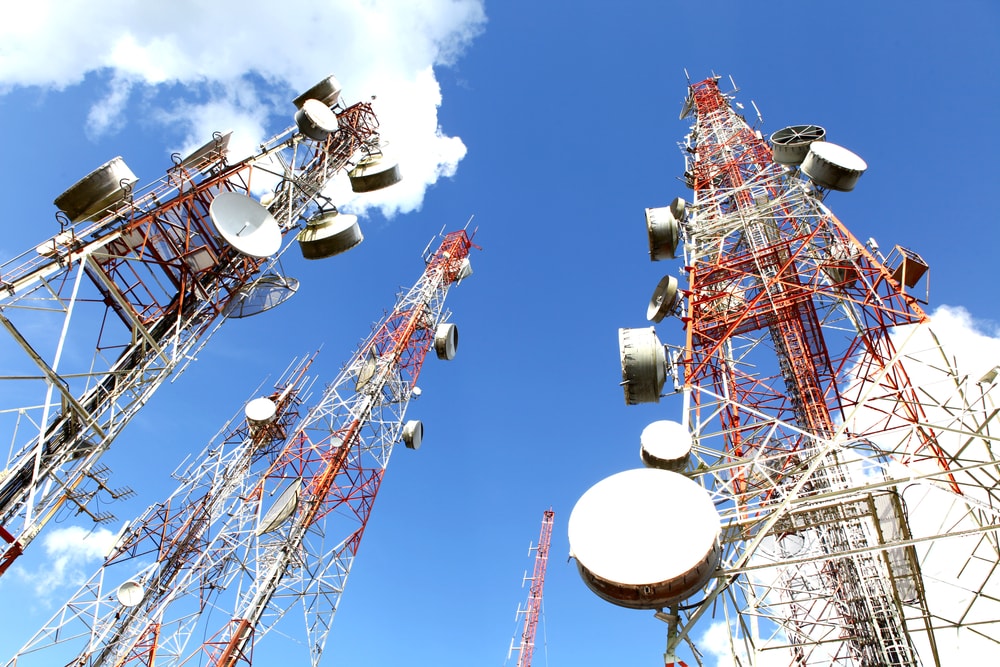
In addition to much faster upload and download speeds, the 5G network will have a much larger overall capacity, meaning that crowded sporting events or concerts that typically ‘jam’ cell phone networks will no longer overwhelm the network and cause your texts to remain unsent for hours when you really need to find your one friend who can’t seem to reunite with the group.
The speeds promised by 5G networks may well render traditional fiber optic internet access (which is typically then routed through a home Wi-Fi network) irrelevant; 5G networks could be so fast that home internet is a significant downgrade in speed.
This faster internet and higher network capacity could revolutionize how we access the internet and how we perceive our internet access points. Today, we are desperate to connect to Wi-Fi as soon as possible so we can scroll our social media without worrying about data use.
In the future, we may well use our phones and laptops solely on 5G cell networks, which could change everything from the business models of coffee shops to how we select data providers.
When Will it Be Here?

It’s easy to read about “five second feature length movie downloads” and either begin drooling immediately or dismiss it as a distant pipe dream that is so futuristic that we may never reap the benefits.
The reality is somewhere in between, but much closer to drool-worthy than to Jetsons-style flying cars. While it’s not quite close enough to put off that overdue replacement phone for the one in your pocket with a cracked screen, most major data providers indicate that we can expect 5G networks (and 5G-compatible smartphones) by 2020.
Speaking of whether you should get a new phone, Angus Kidman says:
I’m a tragic geek, I might upgrade to get onto 5G but I don’t think the average consumer is going to want to do that and I don’t think that should be the sole reason anyone should be holding off on buying another device, it would be just one more feature on the device to think about. I think after 2020, if you’re buying a new phone, you’d want to make sure it had 5G support, until we hit that point it’s not going to matter that much…”
10-Gigabyte-per-second downloads may sound like the stuff of fantasy, but they are not as much of a pipedream as they are a matter of rollout logistics and allowing major corporations to prepare for and keep up with the new connectivity standard.
What 5G Means for You
5G internet is going to be blazing-fast, but it is not going to replace 4G LTE coverage from sea to shining sea. Its frequencies and associated range limitations mean that it will act more like ultra-fast, long-range Wifi than traditional cellular networks.
With transponders placed across urban areas and strategic boosters in places that typically overload cell towers, the places that once had the worst cell network speeds will soon bost some of the best, while the likeliest secondary application will be a traditional broadband internet replacement in major urban areas where the population density can justify the expensive and complex rollout of new equipment.
Because the technology is still nascent and improving, it is quite feasible that the 5G network will someday fully eliminate previous generation coverage, thus allowing all 5G-enabled devices to access the internet at unimaginable speeds, no matter the location.
If you’ve ever taken a road trip across large chunks of the country, you likely noticed that your cell signal ranges from 4G LTE to 4G to occasionally 3G or even no service at all. This is due to the demand for signal and thus your network provider’s business case for installing latest-generation cell towers and infrastructure in less-populated or lower-demand regions.
Just as different network protocols exist for different jobs and require a sound business case in order to lead to upgrades, 5G networks are already here in limited capacities, but will take time to enjoy widespread debut across the country. In the meantime, we can only dream about the possibilities while planning for an era when broadband bills are obsolete.
From casual technology users to business owners to future entrepreneurs, the 5G-enabled future is coming quickly and it has implications for everyone. It’s worth learning about now and monitoring progress often, if not for planning your next smartphone upgrade (yet!) then certainly for understanding what the new cell network could mean for the way we connect to the internet.
Resources:
- https://www.techradar.com/news/what-is-5g-everything-you-need-to-know
- https://electronics.howstuffworks.com/5g.htm
- http://www.abc.net.au/news/2018-03-31/5g-technology-is-here-but-no-one-is-ready/9602620
- https://www.digitaltrends.com/mobile/what-is-5g/
- https://www.wired.com/2017/02/what-is-5g-and-when-do-i-get-it/
- https://www.cnet.com/how-to/5g-network-technology-here-are-the-basics/
- https://5g.co.uk/guides/how-fast-is-5g/
- https://www.tomsguide.com/us/5g-release-date,review-5063.html
- https://www.cnet.com/news/5g-super-speeds-are-coming-heres-what-theyll-be-like-mwc-2018/
- https://www..androidauthority.com/5g-vs-gigabit-lte-843341/
- https://www.lifewire.com/5g-vs-4g-4156322




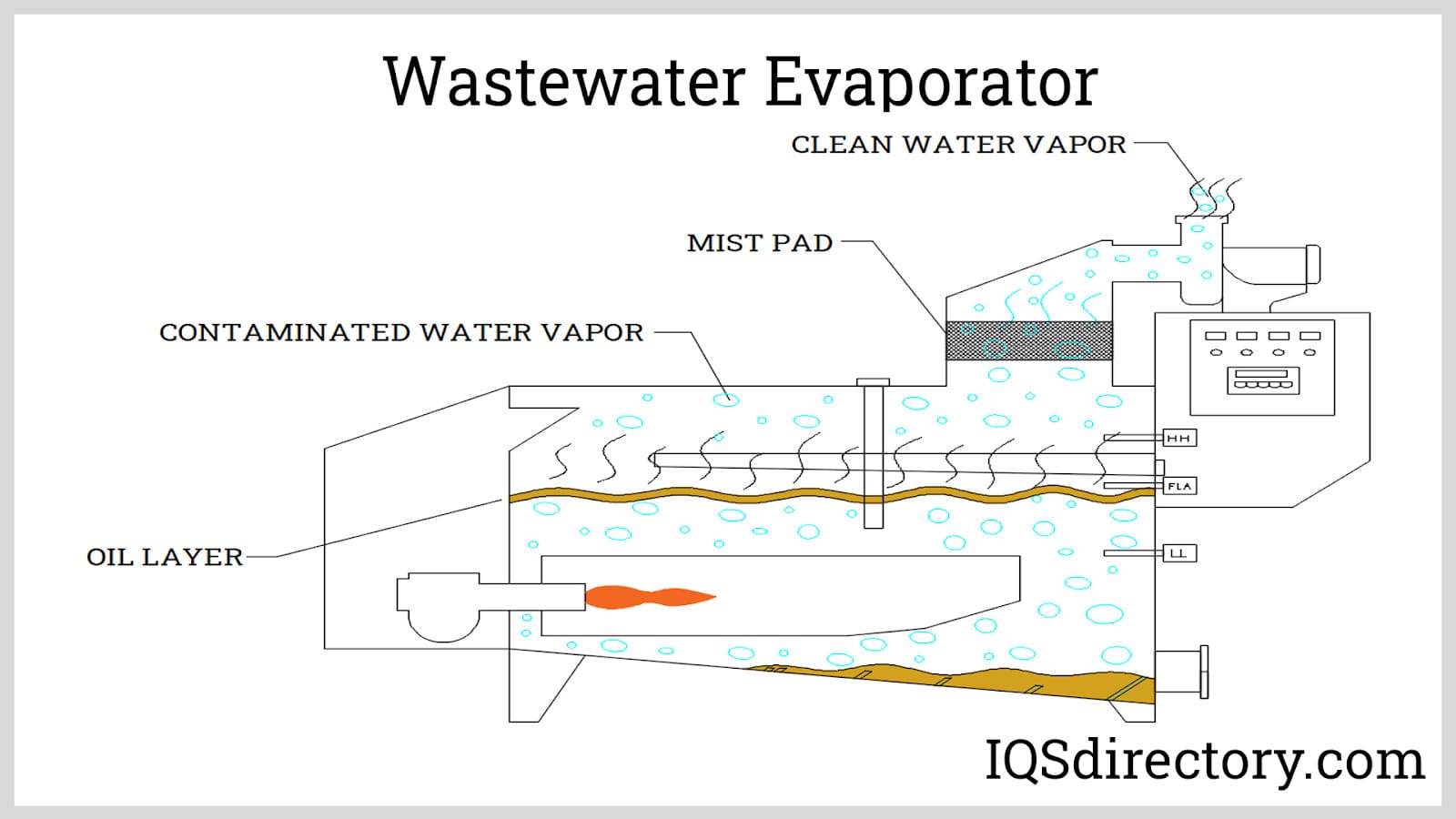
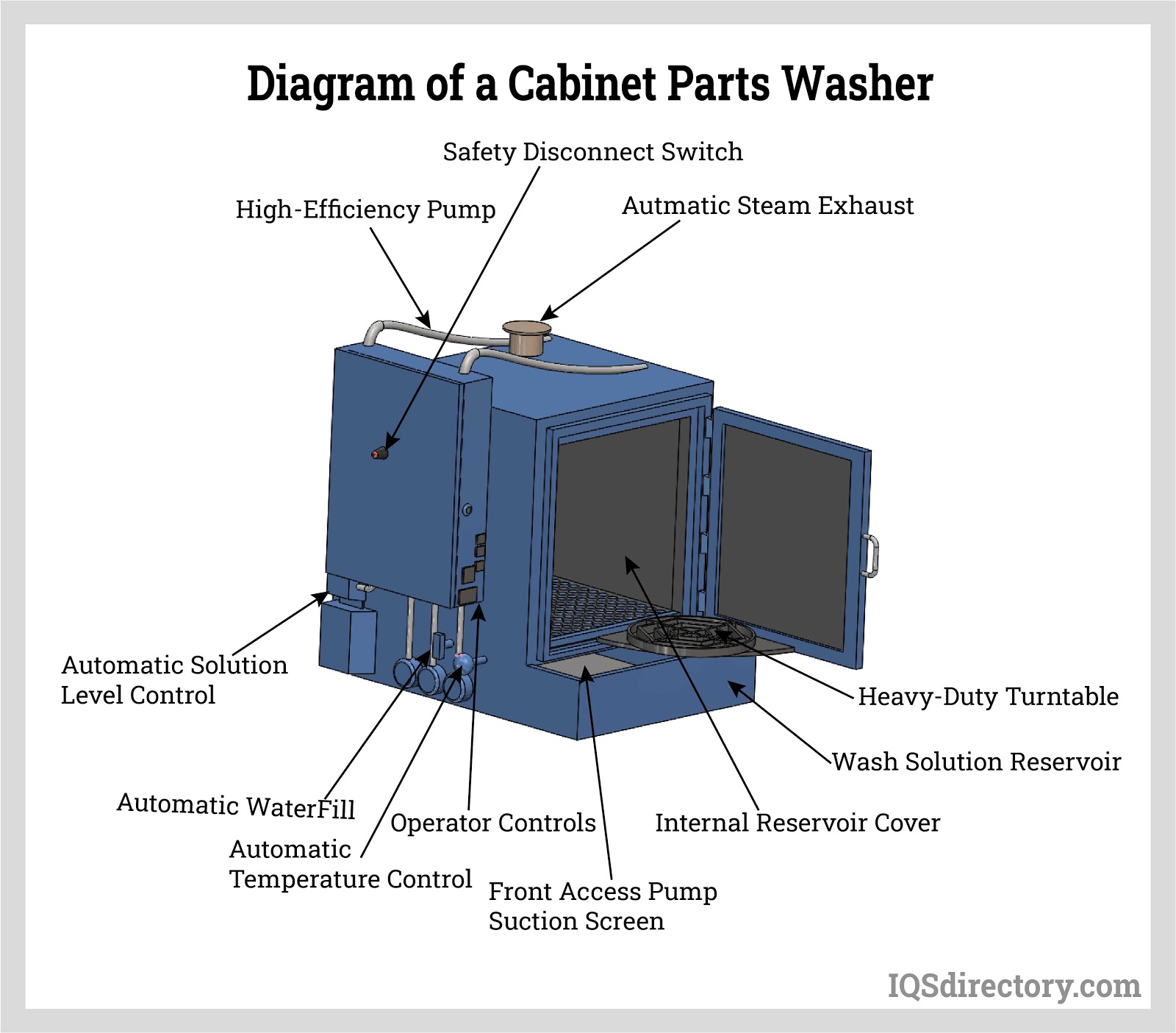


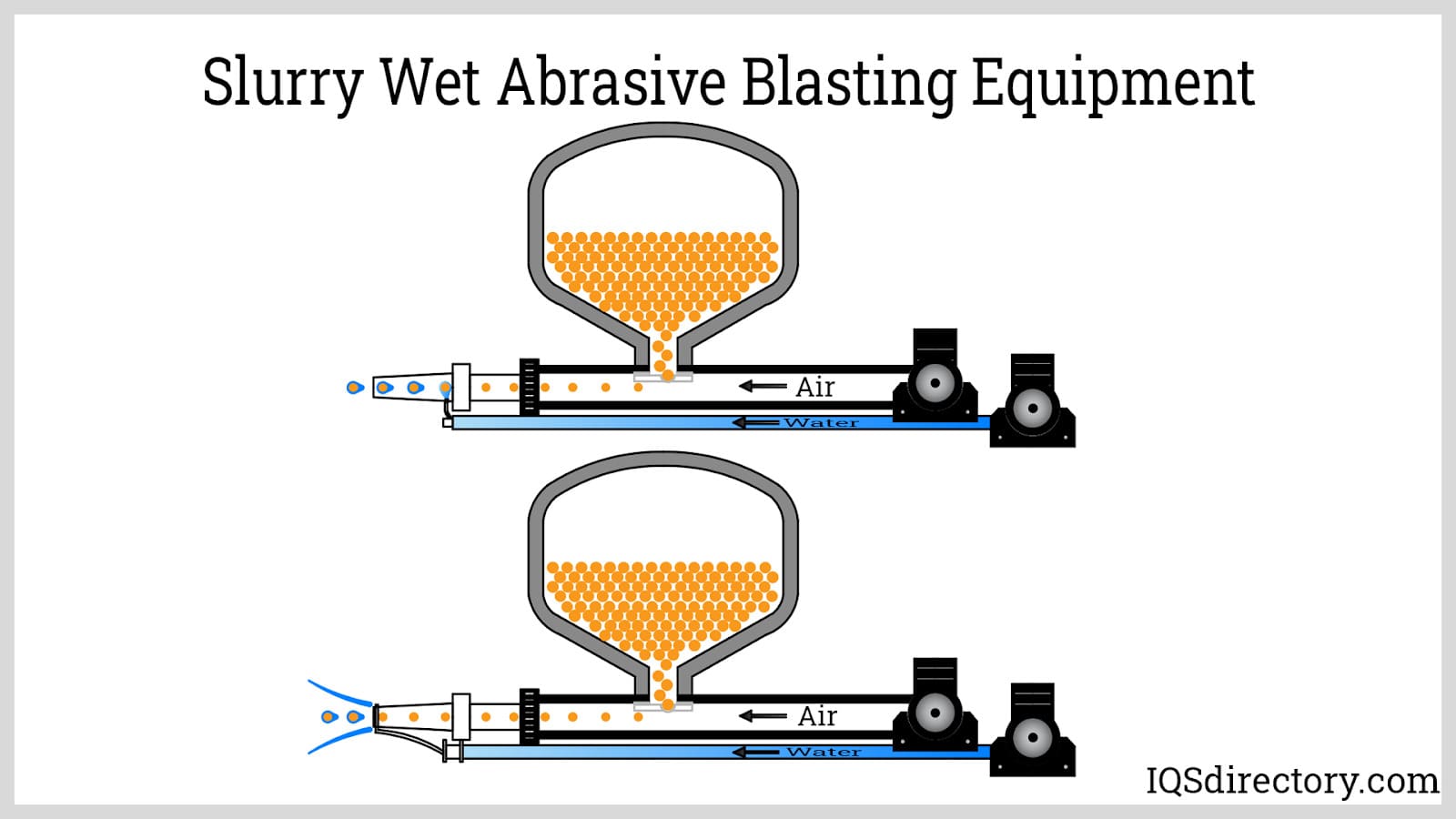
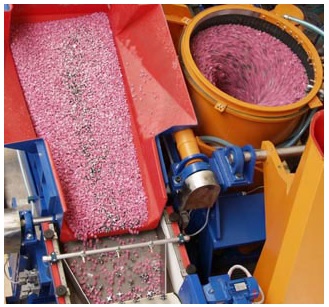 Deburring Machinery
Deburring Machinery Industrial Parts Washers
Industrial Parts Washers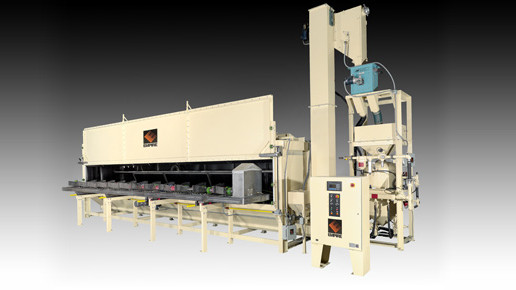 Sandblast Equipment
Sandblast Equipment Ultrasonic Cleaners
Ultrasonic Cleaners Castings & Forgings
Castings & Forgings Bulk Material Handling
Bulk Material Handling Electrical & Electronic Components
Electrical & Electronic Components Flow Instrumentation
Flow Instrumentation Hardware
Hardware Material Handling Equipment
Material Handling Equipment Metal Cutting Services
Metal Cutting Services Metal Forming Services
Metal Forming Services Metal Suppliers
Metal Suppliers Motion Control Products
Motion Control Products Plant & Facility Equipment
Plant & Facility Equipment Plant & Facility Supplies
Plant & Facility Supplies Plastic Molding Processes
Plastic Molding Processes Pumps & Valves
Pumps & Valves Recycling Equipment
Recycling Equipment Rubber Products & Services
Rubber Products & Services